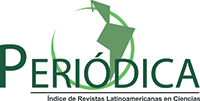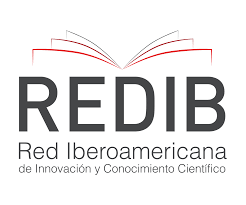POTENTIAL BRAIN-DEAD ORGAN DONORS: CHARACTERIZATION AND IDENTIFICATION OF NURSING DIAGNOSES
DOI:
https://doi.org/10.1590/ce.v28i0.92190Palabras clave:
Nursing Diagnosis, Tissue and Organ Procurement, Brain Death, Transplantation, Nursing.Resumen
Objective: To identify the nursing diagnoses of potential organ donors in brain death according to the NANDA-I Taxonomy.
Method: Observational, cross-sectional study conducted in a public hospital in the interior of Ceará, Brazil. Data collection was realized in October and November 2021 in 23 medical records of potential organ donors. Descriptive statistics analyzed data.
Results: Twenty-two diagnoses were identified in five of the 13 domains of the NANDA-I taxonomy. The following were prevalent: risk of unstable blood glucose; risk of impaired liver function; impaired gas exchange; impaired bed mobility; ineffective breathing pattern; risk of infection; risk of pressure injury; risk of aspiration; risk of decreased cardiac output; risk of falls, impaired urinary elimination; risk of electrolyte imbalance and risk of unstable blood pressure.
Conclusion: The identification of diagnoses may favor the improvement of practice and the application of the nursing process in the care of potential organ donors.
Descargas
Publicado
Cómo citar
Número
Sección
Licencia
Cogitare Enfermagem se reserva el derecho de realizar, en el artículo publicado, cambios de orden normativa, ortográfica y gramatical con el fin de mantener el estándar culto del idioma, respetando, sin embargo, el estilo de los autores.
El estudio publicado es de total responsabilidad del(os) autor(es), siendo exclusivamente responsabilidad de Cogitare Enfermagem la evaluación del manuscrito, en calidad de vehículo de publicación científica.
No se permitirá la adición o cambio de autoría durante la etapa de evaluación o después de la aceptación del texto presentado.
Cogitare Enfermagem no se responsabiliza por posibles violaciones a la Ley Nº 9.610/1998, Ley Brasileña de Derechos de Autor. Cogitare Enfermagem permite que el autor retenga los derechos de autor de los artículos aceptados para su publicación, sin restricciones.



















